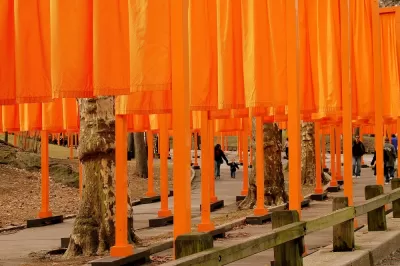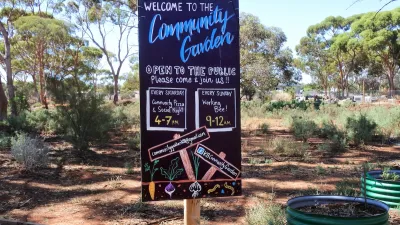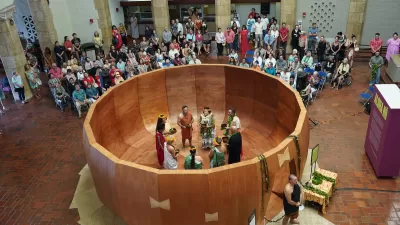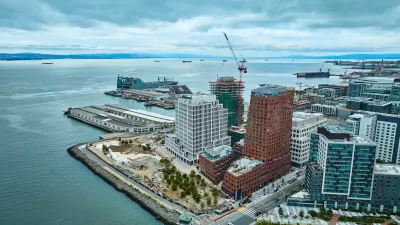Christo's site-specific artworks were known for their whimsy and playfulness. But the real beauty of his art lay in his ability to navigate local bureaucracies—and reveal how ridiculous they can be.

"Christo's pieces are no mere "public art," like the typical sculpture deposited arbitrarily in the plaza of an office building or the median of a boulevard (often paid for as penance by a developer). And they aren't just place-based. They are based in, and rely upon, specific places that are unique and irreplaceable. And they don't just occupy those places. They borrow those places. They use and transform them, and then they give them back."
"These are questions most artists (like most people) deliberately avoid. Art is the opposite of bureaucracy. Artists retreat to their studios to avoid tedious questions such as these. But Christo embraced the tedium. He met it head-on, and he figured out how to triumph over it (and even Triomphe over it). He did so because, in addition to clearly loving the sport of it, he knew that the result would be worthwhile."
FULL STORY: What Christo Taught Us About Land Use Policy

Planetizen Federal Action Tracker
A weekly monitor of how Trump’s orders and actions are impacting planners and planning in America.

Map: Where Senate Republicans Want to Sell Your Public Lands
For public land advocates, the Senate Republicans’ proposal to sell millions of acres of public land in the West is “the biggest fight of their careers.”

Restaurant Patios Were a Pandemic Win — Why Were They so Hard to Keep?
Social distancing requirements and changes in travel patterns prompted cities to pilot new uses for street and sidewalk space. Then it got complicated.

Platform Pilsner: Vancouver Transit Agency Releases... a Beer?
TransLink will receive a portion of every sale of the four-pack.

Toronto Weighs Cheaper Transit, Parking Hikes for Major Events
Special event rates would take effect during large festivals, sports games and concerts to ‘discourage driving, manage congestion and free up space for transit.”

Berlin to Consider Car-Free Zone Larger Than Manhattan
The area bound by the 22-mile Ringbahn would still allow 12 uses of a private automobile per year per person, and several other exemptions.
Urban Design for Planners 1: Software Tools
This six-course series explores essential urban design concepts using open source software and equips planners with the tools they need to participate fully in the urban design process.
Planning for Universal Design
Learn the tools for implementing Universal Design in planning regulations.
Heyer Gruel & Associates PA
JM Goldson LLC
Custer County Colorado
City of Camden Redevelopment Agency
City of Astoria
Transportation Research & Education Center (TREC) at Portland State University
Camden Redevelopment Agency
City of Claremont
Municipality of Princeton (NJ)





























